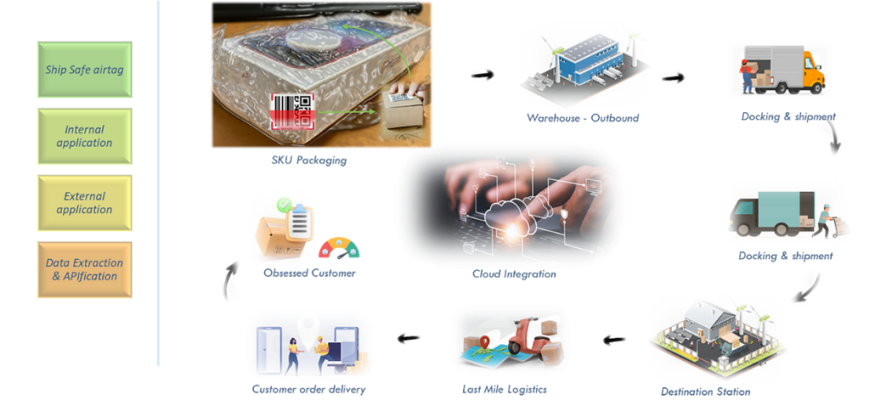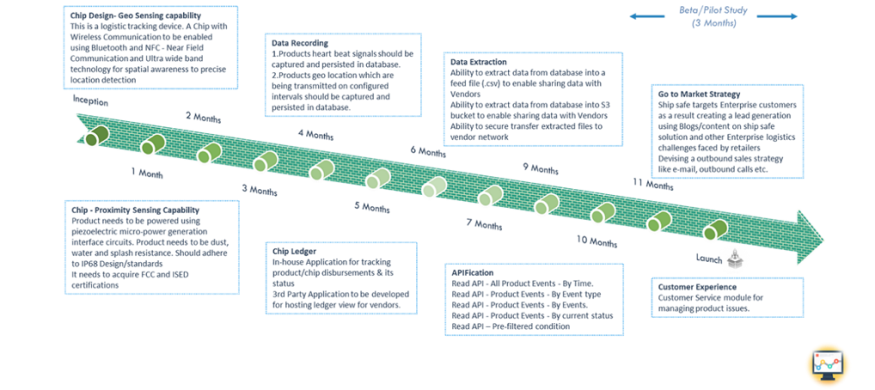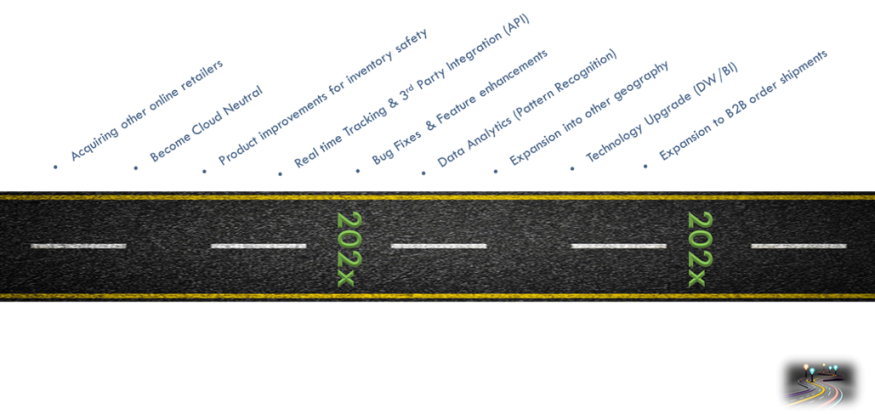Product loss due to shrinkage—factors other than sales—has become a major challenge for the retail industry, leading to $94.5 billion in losses in 2021 and contributing to a $100 billion problem. Addressing this issue is crucial to protecting business profitability and customer experience.
Retailers often try various approaches to combat shrinkage, such as using EAS (Electronic Article Surveillance), surveillance monitoring, and outsourcing of certain operations. While we have several options to monitor and control, a key challenge lies in when the product leaves the warehouse and moves towards the customer.
Shrinkage in Logistic Operations is quite challenging due to various touchpoints. Retailers often come up with various TMSs (Transport Management Systems) that help track overall shipments, but not at the order level.
This article explores my passion for driving innovative solutions to a long-standing challenge, which was born in my mind when working with North America's largest online retailer. While not implemented, the idea was shaped through my structured ideation, leveraging insights from my postgraduate learnings. It blends analytical thinking, user-centric design, and strategic problem-solving to envision how this concept could create real-world impact.
The following article summarizes my case study, paper presented in the Executive Program in Product Management and Analytics. With the right funding, this solution is well within reach. The analysis was conducted in 2021–2022, so the figures referenced here reflect that period.
Steve Jobs, co-founder of Apple Inc., once said,
"The people who are crazy enough to think they can change the world are the ones who do."
Vision Statement
"To be the most secure logistics solution, providing a trusted platform where suppliers can safely ship products to online customers."
Opportunity Space

Solution
Introducing AI & IoT to Our Rescue: The Need for Accuracy, Reliability & Intelligence
In the battle against shrinkage in logistics operations, IoT (Internet of Things) emerges as a game-changer, offering a seamless combination of accuracy, reliability, and intelligence. Traditional tracking systems provide visibility at a shipment level, but IoT-powered solutions enable real-time, granular tracking at an individual product level, ensuring greater security and control.
Combining the Power of Precision Tracking & Proximity Sensing
By integrating precision tracking with proximity sensing, retailers and logistics providers can significantly enhance shipment security and reduce shrinkage:
- Precision Tracking: IoT-enabled GPS and RFID technology allow for real-time location tracking of shipments at an order or item level, ensuring complete visibility throughout the supply chain.
- Proximity Sensing: Smart sensors using Bluetooth, NFC, or UWB (Ultra-Wideband) technology can detect movement, unauthorized access, or environmental changes (such as temperature fluctuations) that could indicate a potential security breach.
This fusion of IoT-powered tracking and intelligent sensing creates a robust solution that not only monitors shipments but also proactively prevents losses, making logistics operations more secure, efficient, and transparent.


Competitors
Existing providers primarily focus on fleet, container, and driver safety & tracking rather than individual package security.
- GPS trackers and fleet management software help monitor, track, and report various performance metrics.
- Many solutions incorporate mobile components to enhance communication and improve logistics efficiency.
- However, individual package-level tracking remains a gap, with no dedicated solution currently in place.
Below is a detailed comparison study done with competitor products.

Missing Puzzle is a lack of missing technology to track till the last mile. AI & IoT to the Rescue!
Business Model Canvas

GO-TO Market Strategy
- This solution is designed for enterprise customers, leveraging blogs and content marketing to generate leads by addressing key logistics challenges faced by retailers.
- Account-based B2B marketing strategies will be used to target niche logistics retailers, enabling direct solution demonstrations.
- Offering free or paid Proof of Concept (PoC) to retailers interested in evaluating the solution's feasibility and real-world impact.
- Implementing an outbound sales strategy, including email campaigns, cold calls, newsletters, and sponsored webinars to drive engagement.
- Actively showcasing the solution at top global logistics events to enhance visibility and credibility in the industry.
Pricing Strategy

Potential Timeline

Future Roadmap

The people who are crazy enough to think they can change the world are the ones who do.
Steve Jobs, co-founder of Apple Inc., once said,
"The people who are crazy enough to think they can change the world are the ones who do."
I look forward to an opportunity to bring this solution to life.











